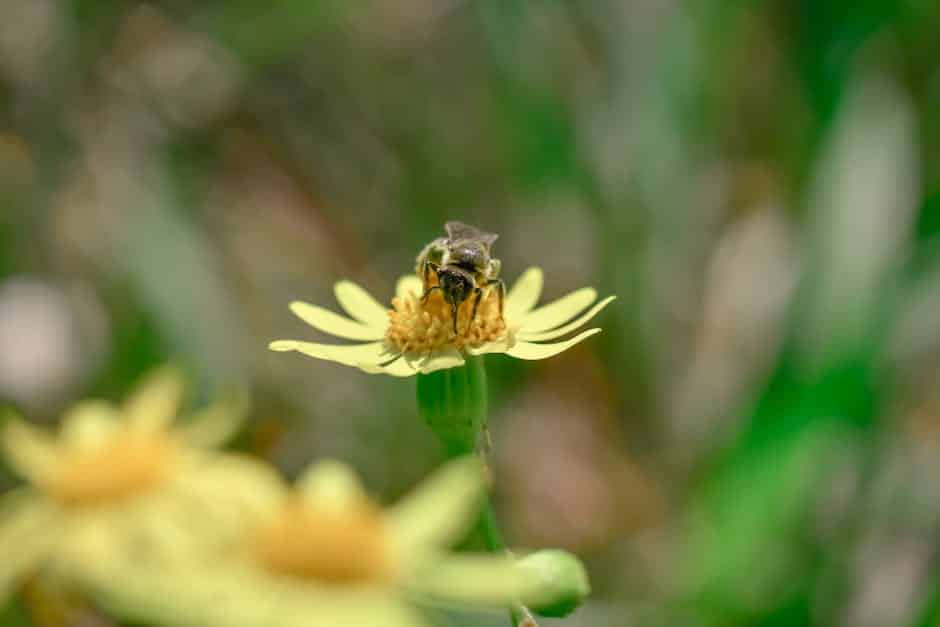How to Blend Garden Soil?
When it comes to gardening, having good soil is essential for the health and success of your plants. However, not all soil is created equal. Sometimes, you may need to blend or mix your garden soil to improve its texture, pH, and nutrient composition. In this article, we will explore various methods and tips for blending garden soil to create the perfect growing environment for your plants.
Conduct a Soil Test
Before you start blending your garden soil, it is crucial to understand its current composition. Conducting a soil test will give you valuable information about the soil’s texture, pH level, and nutrient content. You can use a DIY soil test kit or send a sample to a professional laboratory for analysis. Once you have the results, you can make informed decisions about how to improve your soil.
Adjust the Soil pH
The pH level of your soil determines its acidity or alkalinity, which can greatly impact plant growth. Most plants prefer a slightly acidic to neutral pH range of 6.0 to 7.0. If your soil’s pH is too high or too low, you can adjust it by adding specific amendments.
If the pH is too high (alkaline), you can lower it by adding elemental sulfur or acidic organic materials like pine needles or coffee grounds. On the other hand, if the pH is too low (acidic), you can raise it by adding lime or wood ash.
Improve Soil Texture
The texture of your soil affects its ability to retain moisture and nutrients. You can improve soil texture by incorporating organic materials that add structure, increase drainage, and promote aeration. Some common organic materials for soil improvement include:
- Compost: Compost is a valuable source of organic matter that enriches soil with nutrients and improves its water-holding capacity.
- Manure: Well-rotted manure is an excellent soil amendment that adds organic matter and nutrients to the soil.
- Peat Moss: Peat moss helps retain moisture in the soil and improves its overall texture.
- Grass Clippings: Fresh grass clippings can be used as a mulch to enrich the soil and suppress weed growth.
- Cover Crops: Cover crops like clover or buckwheat can be grown and then tilled into the soil to improve its organic content.
Adding Nutrients
Based on the results of your soil test, you may need to add specific nutrients to ensure your plants have everything they need to thrive. Organic and synthetic fertilizers can be used to supplement the soil with essential nutrients like nitrogen, phosphorus, and potassium.
Organic options include compost, well-rotted manure, bone meal, and seaweed extracts. Synthetic fertilizers are available in various formulations, such as granules, liquid concentrates, or slow-release pellets. Remember to follow the instructions on the packaging and avoid over-fertilizing, as it can harm your plants and the environment.
Maintaining Soil Fertility and Texture
Blending your garden soil is not a one-time task. Soil fertility and texture can change over time, so it’s important to maintain and improve it regularly. One way to achieve this is by adding compost or organic mulch to your soil. Compost adds nutrients and organic matter, while mulch helps retain moisture, suppress weeds, and prevent soil erosion.
Related Websites:
FAQs:
Q: What are the benefits of blending garden soil?
Blending garden soil improves soil structure, enhances drainage, and increases nutrient content. This creates optimal conditions for successful herb cultivation, promoting healthy growth and higher yields.
Q: How can I assess my soil’s pH and nutrient levels?
You can assess your soil’s pH level using a soil pH testing kit available at garden centers. To determine nutrient levels, conducting a soil test is recommended. This will help identify any deficiencies or excesses in nutrients, allowing you to make necessary amendments.
Q: What are the essential ingredients for blending garden soil?
The main ingredients for blending garden soil are organic matter, sand, and compost. Organic matter improves soil structure and fertility, sand enhances drainage, while compost enriches the soil with essential nutrients.
Q: How do I blend garden soil?
To blend garden soil, follow these steps: 1. Assess your soil’s composition with a sample. 2. Determine necessary amendments based on pH and nutrient levels. 3. Calculate the appropriate amounts of organic matter, sand, and compost. 4. Thoroughly mix the ingredients using a garden tiller or shovel. 5. Test the blended soil’s pH and make adjustments if needed.
Q: What are some additional tips for blending garden soil?
To enhance the soil blending process, ensure proper drainage by adding perlite or vermiculite if needed. Avoid using chemical fertilizers unless specifically advised based on soil tests. Incorporate aged manure or other natural fertilizers for long-term soil health.






